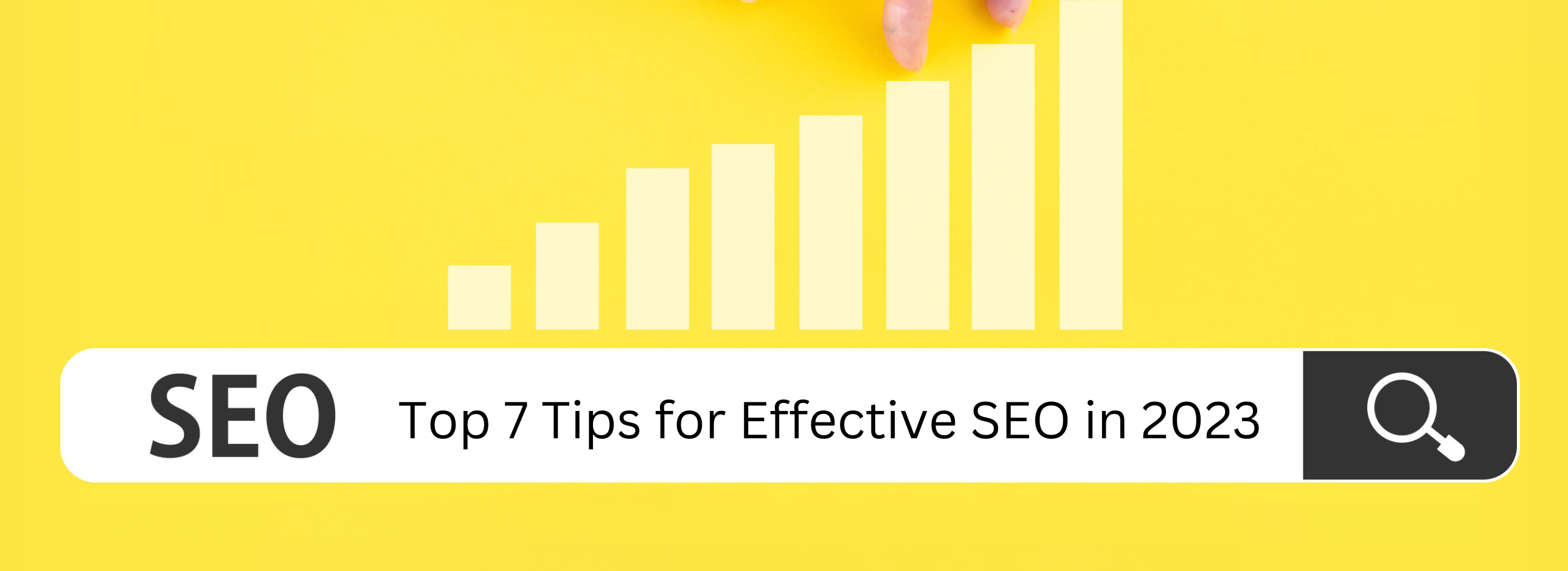
In the fast-paced digital world we live in, the need for speed has never been more critical. When it comes to your website, every second counts. Website speed optimization is not just a fancy tech term; it's a fundamental aspect of your online presence that can make or break your success. In this blog, we'll delve into why website speed matters and provide actionable tips on how to achieve it.
The Need for Speed
1. User Experience Matters
Imagine this: You visit a website, and it takes forever to load. Frustration sets in, and you quickly
hit the back button and look for an alternative. This scenario is not unique; it's the reality for
many users. Slow websites drive visitors away, leading to higher bounce rates and lost
opportunities.
A fast-loading website, on the other hand, provides a seamless user experience. It's more likely
to retain visitors, engage them, and keep them coming back for more. Speed contributes
significantly to the overall satisfaction of your audience.
2. SEO and Search Rankings
Speed is a key factor in search engine optimization (SEO). Search engines like Google consider
website speed when ranking pages. Faster websites tend to rank higher in search results,
making them more visible to potential visitors. This improved visibility can translate into
increased organic traffic and a higher chance of achieving your online goals.
3. Conversion Rates
Website speed directly impacts your conversion rates. Whether your goal is to sell products,
generate leads, or simply provide information, a faster website can lead to higher conversion
rates. Research has shown that even a one-second delay in page load time can result in a
significant drop in conversions.
4. Mobile Friendliness
With the increasing use of mobile devices, website speed is even more critical. Mobile users
expect websites to load quickly, and if your site is sluggish on smartphones and tablets, you risk
losing a substantial portion of your audience.
How to Achieve Website Speed Optimization
Now that we've established why website speed is crucial, let's explore how to achieve it:
1. Optimize Images and Media
Large images and videos can significantly slow down your website. Compress and resize
images to an appropriate size before uploading them. Use image formats like WebP that offer
better compression without sacrificing quality. Additionally, consider lazy loading, which loads
media as the user scrolls down the page.
2. Minimize HTTP Requests
Each element on your web page, including stylesheets, scripts, and images, requires an HTTP
request to load. Minimize these requests by combining files and using asynchronous loading
where possible. This reduces the time it takes for a browser to fetch resources.
3. Browser Caching
Leverage browser caching to store certain elements of your website on the user's device. When
a user revisits your site, these elements can load from their local cache rather than fetching
them from the server again. This can dramatically reduce load times for returning visitors.
4. Content Delivery Network (CDN)
A Content Delivery Network distributes your website's content across multiple servers
worldwide. When a user accesses your site, the CDN serves content from the server nearest to
them. This reduces latency and speeds up loading times, especially for international audiences.
5. Minimize Code and Scripts
Clean up your website's code by removing unnecessary characters, whitespace, and
comments. Additionally, eliminate unused scripts and code snippets. Leaner code leads to faster
load times.
6. Hosting and Server Optimization
Choose a reliable and fast web hosting provider. Shared hosting may save costs, but it can
result in slower performance, especially during traffic spikes. Consider upgrading to a VPS
(Virtual Private Server) or dedicated hosting for better speed and reliability.
7. Regular Monitoring and Testing
Website speed is not a one-time task; it's an ongoing process. Regularly monitor your site's
performance using tools like Google PageSpeed Insights or GTmetrix. Test your website on
various devices and browsers to ensure consistent speed across platforms.
Conclusion
Website speed optimization is not a luxury but a necessity in today's digital landscape. It
impacts user experience, search rankings, conversion rates, and mobile accessibility. By
following the actionable tips mentioned above and making website speed a priority, you can
ensure that your online presence not only attracts visitors but also keeps them engaged and
satisfied. Remember, in the online world, a fast website is a key ingredient for success.




